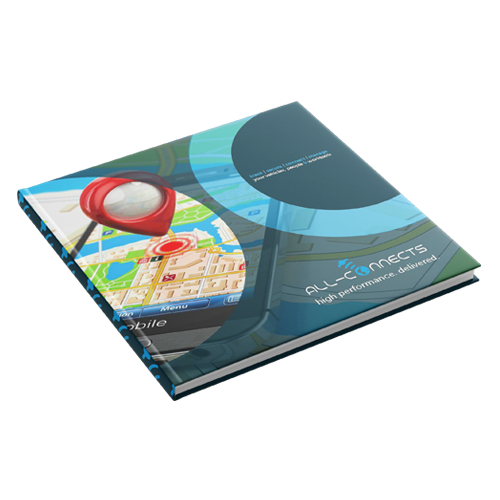| March 2022 |
Of course, there is no simple and appropriate answer to this question, because it depends entirely on your business activities and the types of business assets you work with. However, the main reason is quite simple: you want to know where your assets are. Depending on the use of your assets, asset tracking can streamline the operational functioning of your business in various ways.
For example, in shipping, asset tracking can give customers an accurate estimated time of arrival. In construction and agriculture, it can help prevent the loss of valuable equipment. For rental of waste containers or portable toilets, it can show the start and end of a rental period. The applications are limited only by necessity and creativity.
Therefore, companies have come up with numerous ways and technological solutions to track their business assets. Today, there is a huge variety of GPS tracking devices with various additional features, such as sensors or inputs/outputs to connect to other hardware and send the data to management systems. So why would you choose to track your assets using BLE (Bluetooth Low Energy) tags?
Firstly, compared to traditional GPS tracking units, they are very small and very easy to use. In most cases you just need to stick a BLE beacon on an object you want to track. No specific skills or qualified technicians are needed. Secondly, BLE tags are also cheaper to buy and use because of their simple design and functionality. In addition, BLE tags are very durable and because of their high energy efficiency. Their battery life can last up to twenty years depending on the specific model.
This in itself is a huge advantage, as you do not have to worry about providing a power source for the tracker.
It makes them perfect for tracking equipment such as power tools in construction or specialised machinery in agriculture, logging and various other sectors. However, they can also be used in any other scenario where you want to track your assets. As mentioned earlier, large waste containers and portable toilets, as well as mobile saunas, vending machines and food trucks are excellent examples. In these cases, you can not only monitor and manage the location of your assets, but also create reports and invoices to your customers based on location changes.
Unlike more traditional GPS tracking devices, BLE tags do not always actively transmit their location data. Instead, they transmit a radio signal. This allows them to be more energy efficient. Therefore the tags need to be scanned by another device to determine or change their location. The scan happens automatically when a device capable of scanning the BLE tags is within a predefined distance, for example 250 metres.
In practice this means that a BLE tag location in the All-Connects management application is refreshed (the tag is scanned) every time a vehicle equipped with a GPS tracker passes by or goes to the location where your assets are located. Therefore, it can help you locate tools and equipment on the road or at the site where your staff is working and see if anything is missing and when they were last there. Similarly, location changes can also mean the end of a service provided when equipment is returned to the warehouse or moved to a new location.
Have this blog answered your questions and are you ready to talk to us about BLE asset tracking? Call us for an exploratory meeting: 03 289 55 35, or contact us online below. We'll explain how telematics tracking can work for you, answer your questions and send you a no-obligation proposal that's 100% tailored to your needs.
After reading this blog, are you curious about which tracking and digital solutions All-Connects offers? Ask us your question and we will answer you as soon as possible.
